You're in the middle of cooking and a car alarm, cute kitten, or neighborhood brawl made you step away from the stove for a few minutes longer that you should have. It happens to almost every home cook. Most of the time, nothing dramatic happens, but every now and then, you end up with something like this:
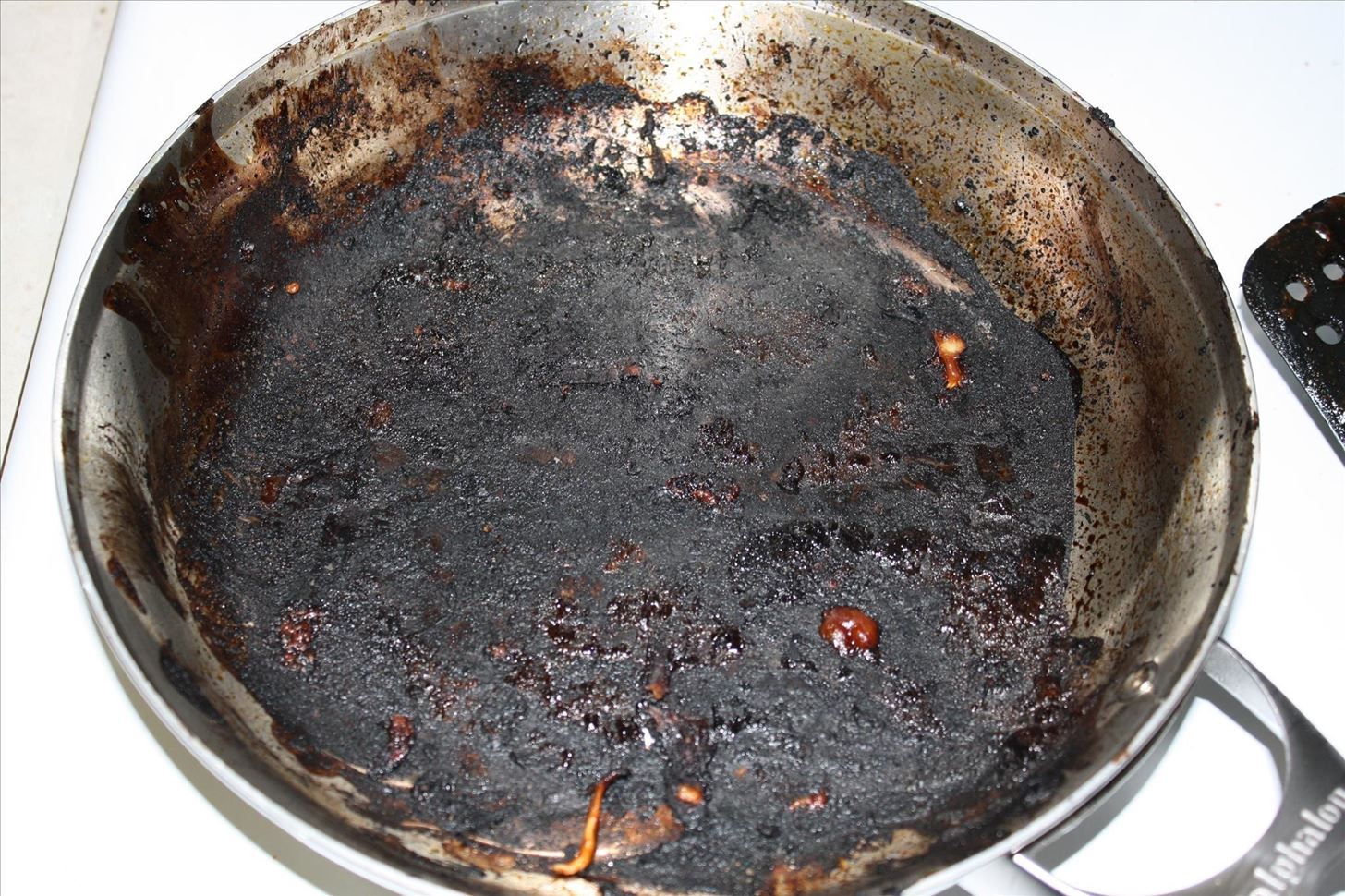
Fortunately, this problem is easily solvable without crazy-strong chemicals. Most of the ingredients to rescue your burned pans are already right in your cupboards. I would say that if you don't already own a good pair of sturdy household gloves, you should go out and get them—the scrubbing action alone will be rough on your fingertips.
The Soaking Method
Sometimes all your scorched pan needs is some overnight TLC. If there's only a thin layer of burned food on the bottom of the pan, make a solution of hot, soapy water and let it sit for as long as possible. The next morning, gauge how loose the scorched food is.
Depending on how bad the situation is, you might just need to make a paste of a gentle abrasive like Bon Ami, Barkeeper's Friend, or baking soda and use a scouring pad to get the rest of it off.
If the food is still pretty stuck on the pot, try an old-fashioned soap-filled Brillo or SOS pad, although be warned: they can scratch up the surface. Do a patch test on your pan somewhere innocuous first.

You can also use oil instead of water, especially if you've scorched a cast-iron pan. Pour in a shallow layer of food-grade oil so that all the scorched parts are submerged. Heat the oil until you see small bubbles in the surface, then cover the pan with a lid, cutting board, or another pan of similar size.
If possible, let the pan sit over the pilot light or another gentle, even heat source for as long as possible. Use a wooden spoon and gently scrape what you can off the bottom of the pan, wipe out the excess oil with a paper towel and then use one of the gentle abrasives listed above to clean out the rest.
Apply Only Heat
I've scorched more pots than I care to think about in an attempt to make nurungji bap, which is a layer of rice that has been lightly charred until it's golden brown and filled with flavor. The burned residue of my failed attempts is one tough mother to remove.
However, I discovered that if I kept the pot over gentle heat without adding water or oil, the burned rice would eventually get super, super crispy and I could lift/scrape it off easily. Afterward, I could wash it as I normally would.

This method is probably best used with only mildly scorched/food encrusted pans. For serious scorching, I generally resort to the method below.
Boil Homemade Cleaning Solutions in the Scorched Pot
If your pan is really scorched, you need the big guns. Mix two or three cups of water with either baking soda and white vinegar or dishwashing soap and hydrogen peroxide. Heat on medium with a lid, if possible, until the solution comes to a boil in your burned pan. After three or four minutes, lower the heat and scrape at the gunk with a wooden spoon until it's all loosened.
Use Sugar Cubes to Clean Scorched Pans
Turns out sugar cubes can be used to clean heavily scorched pans. The gentle abrasion of sugar granules packed into handy cubes basically makes them mini-scrubby sponges. You just have to be careful to only lightly wet the surface of the area you're cleaning. If it's really wet, the sugar cube will just dissolve. Check out the video below for a demonstration.
Special Cases: Cast Iron & Non-Stick
One note about cast-iron: If you badly scorch cast iron and ruin the seasoning (i.e., the surface is very dull and uneven), you're probably better off stripping it and re-seasoning it.
Most of the cleaning tips discussed above will work on non-stick, but I'd be cautious about using anything abrasive on a non-stick surface. Check the manufacturer's instructions, do a patch test, and use your common sense.
Want More Great Cleaning Tips?
Check out Yumi's illustrated guide to getting burned-on food off of pots and pans for more methods, like using Alka-Seltzer tablets or dryer sheets. Sounds interesting, right?
Also, learn how to get scuff marks off plates and remove tarnish from silverware and make a cheap, easy stain remover at home.
What's your secret for rescuing scorched pans?
Just updated your iPhone? You'll find new emoji, enhanced security, podcast transcripts, Apple Cash virtual numbers, and other useful features. There are even new additions hidden within Safari. Find out what's new and changed on your iPhone with the iOS 17.4 update.
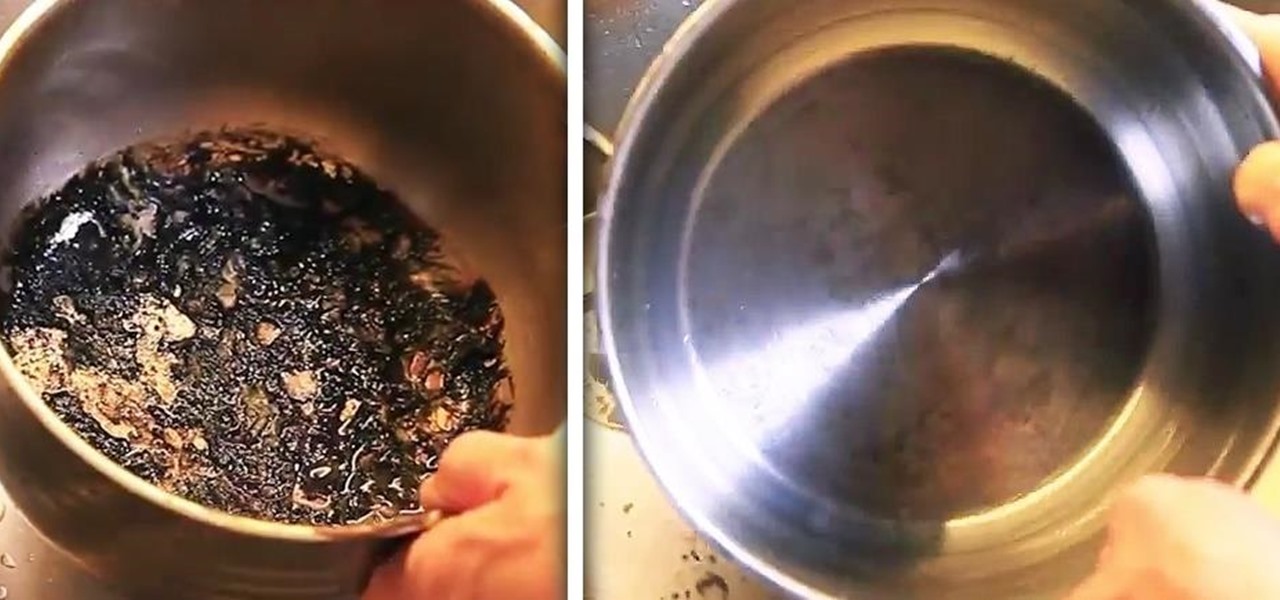



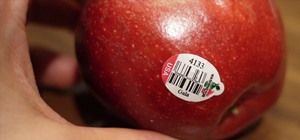
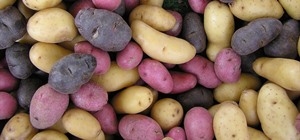


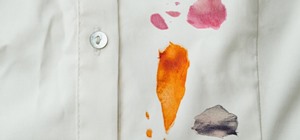
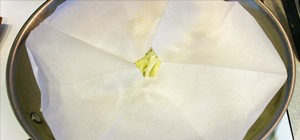

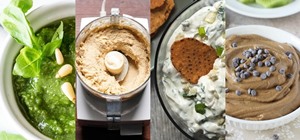
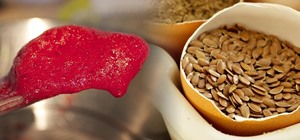










4 Comments
I am Japanese and we love scorched rice! We call it okoge and my sister and I would fight for it as kids. In a friendly way of course.
I just managed to get a bunch of pears and cranberries stuck, not badly burned but quite caramelized on the bottom of one of my favorite copper-bottomed pots.
My favorite way to clean is with water, dish soap, baking soda and salt. Boil until almost evaporated. I have good results with minimal scrubbing which is difficult right now since I have a long arm cast practically up to my shoulder and it's my dominant arm, no less. No chopsticks for me! No slurpy-slurp of noodles. I have to eat rice with a fork or spoon. Oh, well...lol!
Thanks for your tips!
When I have really gunky pots, pans & casserole dishes I soak those with a squirt of liquid dishwashing detergent (the kind you put in automatic dishwashers -- I usually use pods, but I keep a bottle of liquid on hand just for this purpose) and add enough water to cover the mess. I let this soak for as long as I can, overnight if possible, but even an hour of two is better than nothing. The enzymes in the dishwashing detergent break down the gunk so there's minimal elbow grease required afterwards. Enzymes are excellent for breaking down anything protein-based, so that's how I know whether the gunk I have on the pot will be better off treated with dishwashing detergent (for eg. the crud at the bottom of a lasagna dish is protein) or whether it's better off simmered with baking soda, dish soap & hydrogen peroxide as explained in this article (best for burnt, charred pots).
I had a glass (pyrex) casserole dish a couple of days ago with stubborn charred bbq sauce from roasting, and since I couldn't simmer glass on the stove top I tried putting it with the baking soda & dish soap concoction (regular dish soap, and I'd forgotten about the hydrogen peroxide!) in the microwave instead. I heated it as hot as I could and then let it sit for a few hours afterwards. What was previously very difficult to scrape at came off easily afterwards with just a little bit of effort and minimal scraping!
Thank you, thank you, thank you! We scorched some caramel in a sauce pan and have been soaking it a week until I found this post. Olive oil over low heat for 10 minutes baked it off!
Thanks you. I thought I was going to have toss my horribly scorched stockpot. I decided to try your recommendations first. I wish I had a before photo but I have attached an after photo.
Share Your Thoughts